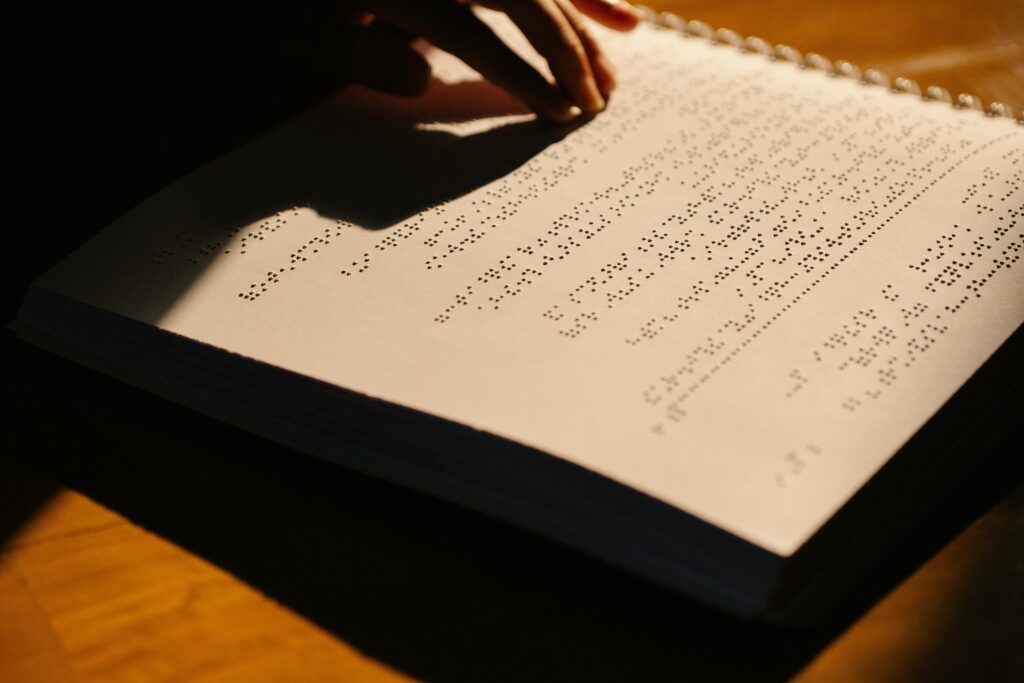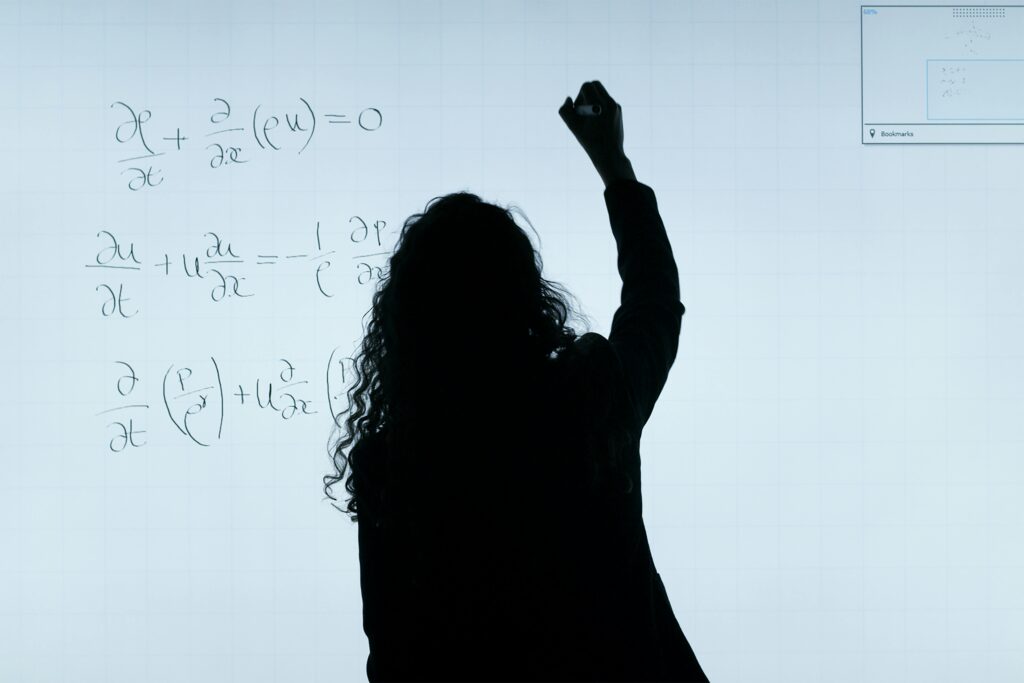What if you could “see” foreign languages in color?
Imagine reading a new language, and instead of just seeing black-and-white letters, each character appears in its own unique color. Sounds like something out of a sci-fi movie, right? But for people with synesthesia, this is their everyday reality.
Synesthesia is a fascinating neurological condition where one sense automatically triggers another. Some people “hear” colors, others “taste” words, and many “see” letters or numbers in specific colors. But beyond its uniqueness, recent studies suggest that synesthesia may provide a major advantage in learning languages—a topic that has researchers buzzing.
So, can synesthesia really make you a better language learner? Let’s dive into the science behind this incredible phenomenon.

How Synesthesia Enhances Language Learning
Recent studies have found that people with synesthesia tend to outperform others in language-related tasks. Researchers at the University of Toronto conducted an experiment where participants had to recognize patterns in an artificial language. The result? Synesthetes (people with synesthesia) performed significantly better than non-synesthetes.
Why does this happen? Scientists believe that synesthetic associations—such as seeing letters in color—help the brain process, store, and recall information more efficiently. This ability to connect multiple senses gives synesthetes an edge in learning languages by:
- Strengthening memory – Associating colors with letters or sounds creates a stronger mental “anchor.”
- Speeding up recognition – The brain can process information faster when multiple senses are involved.
- Boosting pattern recognition – Synesthetes can often detect language patterns more quickly, a key skill in mastering a new language.
Can Synesthesia Be “Learned” or Developed?
One of the biggest questions in neuroscience is whether synesthesia is purely genetic or if it can be developed. While most synesthetes are born with it, studies show that early language exposure may play a role in synesthesia development.
A large-scale survey of over 11,000 university students found that people who learned a second language later in childhood were more likely to develop synesthesia than those who were bilingual from birth. This suggests that the brain may develop synesthetic-like abilities as a way to cope with complex learning challenges—such as mastering multiple languages.
So, even if you’re not a natural synesthete, you might be able to train your brain to think more like one through multi-sensory learning techniques.
Practical Applications: Can Non-Synesthetes Benefit?
The exciting news? Yes! Even if you don’t have synesthesia, you can use synesthetic techniques to improve language learning.
Educators and linguists are now exploring how multi-sensory learning can help students retain information faster. Some effective methods include:
✅ Color-coding words – Assigning colors to specific letters or sounds (similar to grapheme-color synesthesia) can make words more memorable.
✅ Using music and rhythm – Associating tones or melodies with words can enhance recall.
✅ Visual storytelling – Turning words or sentences into colorful, vivid mental images can boost comprehension.
These strategies help mimic the benefits of synesthesia, allowing non-synesthetes to tap into the power of sensory learning.

FAQs: Everything You Wanted to Know About Synesthesia and Language Learning
💡 What exactly is synesthesia?
Synesthesia is a neurological condition where one sense triggers another, such as seeing colors when hearing music or reading letters.
💡 How does synesthesia improve language learning?
It enhances memory, pattern recognition, and word recall by linking sensory experiences with linguistic elements.
💡 Is synesthesia genetic?
Yes, but environmental factors (such as early language learning) may also play a role in its development.
💡 Can I train myself to think like a synesthete?
While you can’t “become” a synesthete, using multi-sensory techniques like color association can improve language retention and recall.
💡 Are all synesthetes better at languages?
Not necessarily, but many show an above-average ability in pattern recognition and memory, which are key skills in learning languages.
Final Thoughts: Unlocking the Power of Multi-Sensory Learning
Synesthesia offers a fascinating window into how the brain processes language, proving that our senses are more connected than we realize. Whether you’re a synesthete or not, applying multi-sensory learning techniques can significantly improve how you learn and remember languages.

Sources BBC


